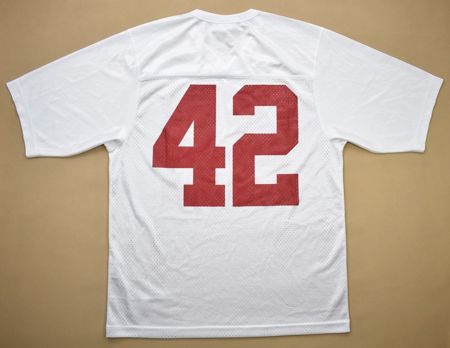


Finally, the water will have fully drained, and the mud should be ready. Over the course of five or six weeks Bintliff will siphon off excess liquid and rerun the mud through the strainer. Mud is mixed with the right amount of water and deposited into bins the size of trash cans. (“Clean mud,” he’ll have you know, is not a contradiction in terms.) When he brings the stuff back to his house, he first runs it through a strainer, removing any twigs or leaves. “It’s like wine,” Bintliff says, joking only slightly. No, it’s a process-a little art, a little science, plenty of patience. It isn’t simply a matter of shoveling the mud and packing it into tins. “I’m the only one on the planet who does.” Nearly 50 years later-long after his grandfather and father have died, after siblings have moved far away-Bintliff has never wanted to leave New Jersey, never wanted to quit the business. But when he was 15, during a family mud harvest, his mother turned to him and said that she felt he’d eventually be the one in charge.

He’s one of nine children, all of whom were encouraged to play in the mud from an early age, and Jim is right in the middle of the birth order. Jim still doesn’t know exactly why he was the one picked to carry on the legacy. If you waited just a minute, any lingering muck would fade and it would be hard to tell that the ball had been treated at all-unless, that is, you were the pitcher, who would immediately be able to feel it. Instead, it permeated the cowhide, perfect for improving grip. And, crucially, this mud neither dribbled off nor sat heavy on the cover. Perfect conditions exist for only about a mile.) Blackburne realized that a single finger dipped in mud would yield enough to spread across an entire ball, removing all of the dreaded shine without discoloring the surface.
#Official statkeeper of mlb plus#
(It’s a geological thing, Bintliff says: There’s a high clay content in the soil, an oddity for the area, plus brackish water from the tributary mixing with “cedar water” dropping from nearby trees. He rubbed a baseball with mud found near his childhood home in Palmyra, N.J.- special mud, smooth, almost creamy, gloppy without being especially gooey. In the 1930s, though, Philadelphia Athletics third base coach Lena Blackburne found the answer. Or, if it’s a group of young folks who look like they’ve only come out on the water for a good time: I take this mud, and I put it on my pot plants. Or: I’m helping the Port Authority, looking into pollution. I’ve been sent by the Environmental Protection Agency, and I’m surveying the soil. Bintliff sizes up the questioner, usually a boater or swimmer or fisherman, then picks from his collection. Someone will come along and ask what he’s doing.

They work like this: Bintliff will be out on the banks of a tributary of the Delaware River, in his personal uniform of denim cutoffs and disintegrating sneakers, using a shovel to harvest buckets of mud. Jim Bintliff’s collection of lies is small and sharply curated, each one loose enough to be plausible and mundane enough to limit interest in verifying it. For more great storytelling and in-depth analysis, subscribe to the magazine-and get up to 94% off the cover price. This story appears in the July 29, 2019, issue of Sports Illustrated.


 0 kommentar(er)
0 kommentar(er)
